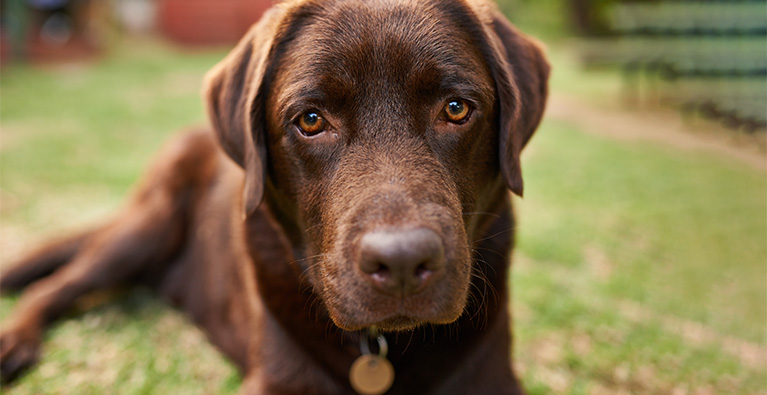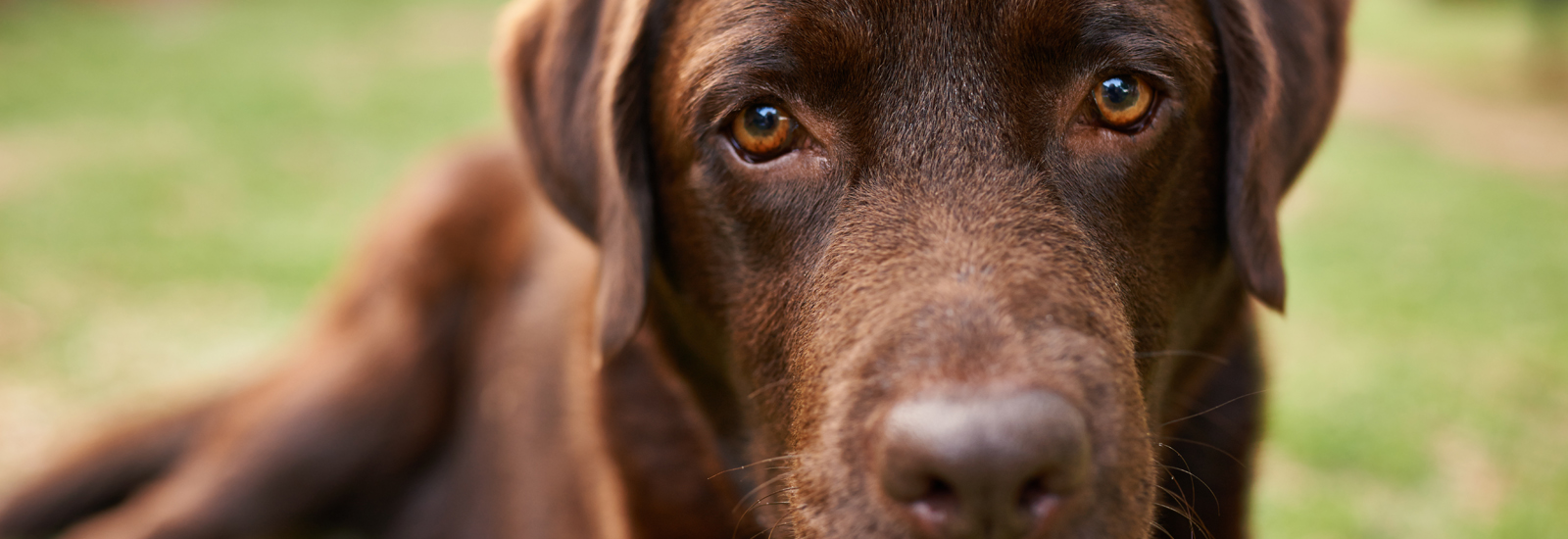Dogs' eyes
Healthy eyes are important for a dog. If any changes or problems arise, consult a vet as soon as possible as many eye disorders can only be treated effectively if treated early enough.
Dogs use their eyes for orientation, searching for food and to recognise danger. Check your dog’s eyes on a regular basis and look out for any changes to your dog’s normal state. Compare both eyes: with the exception of the occasional instances where a dog has eyes of different colours, differences in the appearance of both eyes is always an indication of a problem.
Recognising eye disorders
Common signs of eye disorders are redness of the conjunctiva and ocular discharge, possibly with additional rubbing, blinking and sensitivity to light. These symptoms occur when the conjunctiva are inflamed, for example due to an infection or foreign body. They can, however, also indicate injury to the cornea, inflammation of the inner eye or an acute increase in pressure inside the eye.
In old age the lenses can become cloudy. Dogs then gradually lose their eyesight. As they can nevertheless orientate themselves very well in their familiar environment, the cataract (grey star) is not always recognised straight away. Sometimes animals can suddenly go blind as well, without an obvious sign of anything being wrong with the eyes. They then cautiously grope their way around, refuse to move or bump into obstacles.
An injury to the eye
Injuries to the eye or eyelids should also be treated as quickly as possible. Deep fissures in the lids must be stitched so the lids can continue to close well and also to protect the eye from drying out. Cover the injured eye with a damp cloth or a light bandage and immediately take your dog to a vet, ideally one specialised in ophthalmology.
You may also like this
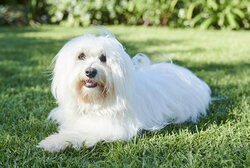
Signs of illness in dogs
Examine your dog regularly for signs of illness.

Dental problems in dogs
Well-kept teeth protect against tartar and bad breath.
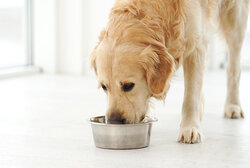
Renal insufficiency in dogs
How to recognise chronic renal insufficiency in your dog.
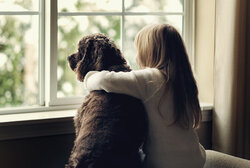
Cushing‘s syndrome
Hormonal imbalances can affect the adrenal gland.
